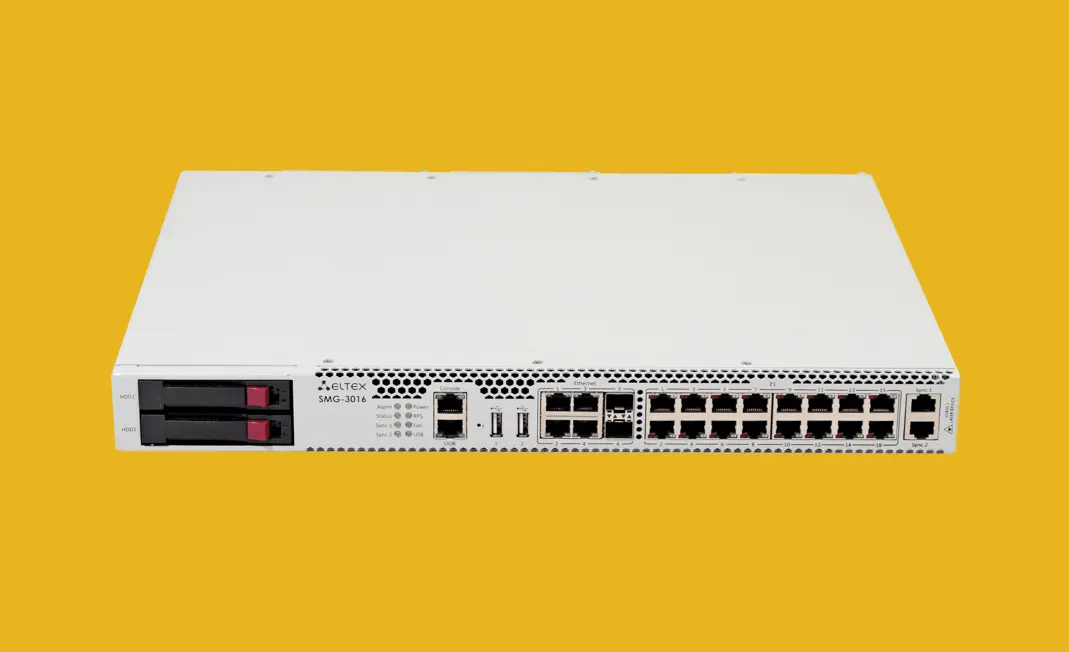The rise of voice over IP (VoIP) and internet-based phone connectivity has revolutionized enterprise communications. But with increased convenience comes heightened security risk. Here’s a look at how Session Border Controllers (SBCs) act as critical guardians, enabling safe SIP trunking deployments.
Understanding SIP Trunking Fundamentals
SIP trunking has quickly emerged as a way for companies to ditch old-fashioned phone lines. Unlike legacy analog connections, SIP phone calls transmit as digital data over a company’s internet infrastructure. This allows the corporate network to replace phone company services for significantly lower cost.
SIP stands for Session Initiation Protocol, denoting the underlying method for initiating, managing, and terminating multimedia communications. On the software side, SIP facilitates calls as packets traversing VoIP connections. On the hardware side, an IP-based PBX anchors new voice capabilities.
Together, SIP trunking moves phone service to the cloud – no more need for fixed copper pairs from incumbent telcos. Lines become virtual, scaling capacity up and down based on real-time organizational requirements. This “software defined” agility creates flexibility and savings analog systems can’t match.
Opening Networks Heightens Risks
But increased efficiency comes with a catch. Connecting previously closed phone systems to the internet heightens security risk and fraud exposure. Malicious actors constantly scan for vulnerabilities in the endless maze of networks comprising cyberspace today.
Without proper safeguards in place, SIP trunks become backdoors for attacks to infiltrate. A successful breach can mean anything from service outages to long distance hacking enabling massive illicit charges.
SBCs Act as Vital VoIP Guardians
Here’s where Session Border Controllers enter the picture. SBCs work like specialized gatekeepers or gateways tailor made for SIP environments. They govern how media sessions traverse between entities and networks by enforcing policies, scanning traffic, and mitigating threats.
By deploying an SBC “in-line” adjacent to the SIP trunk, all call signaling and media passes through this overwatch. Based on rules and detections, the SBC handles threats while safely passing sanctioned communications. This gives companies power to filter out junk traffic, stop fraud attempts, and maintain quality of service for critical applications.
Protecting Growing Attack Surfaces
With worldwide cybercrime damages projected to hit $6 trillion annually by 2021, no organization can ignore proper security protocols. And transitioning legacy telephony to emerging IP systems creates new points of exposure attackers actively seek out.
Anytime connectivity options expand, so do potential infiltration vectors. SIP trunks especially require hardened defenses since calls mean direct public access to internal users and hardware. One breach could open access to exec lines, confidential data and personnel safety calls.
This attracts opportunists looking for shortcuts to profit. SBCs act as intelligent guardians purpose-built to keep SIP communications flowing while neutralizing digital dangers. Configured judiciously, SBCs lock down networks from unauthorized access and ongoing threats lurking across global networks.
Architecting Layers of SIP Security
Effective SBC deployment starts with positioning. Because the controller becomes the designated traffic cop, all pathways funnel through it by design. This consolidation simplifies management while creating a unified policy layer.
By default, SBCs handle tasks like obscuring network topology and translating protocols. This prevents exposing sensitive PBX configurations publicly. SBCs additionally provide deeper packet-level protections compared to application firewalls only focused on SIP data flows.Extending safeguards further, SBC administrators can implement signal encryption, credential validation, and tools like geospatial call blocking.
Enforcing Security to Enable Innovation
Forward-looking companies make data protection central to technology innovation initiatives. New solutions like SIP trunking promise immense productivity and customer experience gains only possible through network convergence.
But securing real-time communications requires mitigating threats old infrastructure never faced. With domains colliding and cloud spurring change, communications move to the cross-hairs of cyber criminals. Cutting SIP trunking risks relies on advanced SBC protections purpose-built to secure progress without limiting possibilities. The time is now for enterprises to reinforce IP call foundations.

